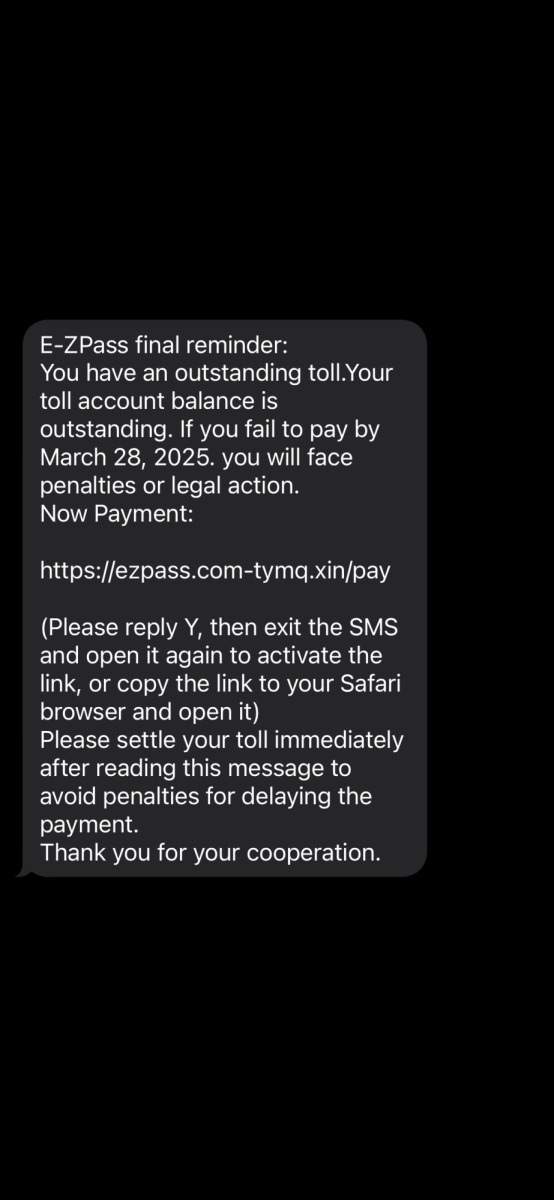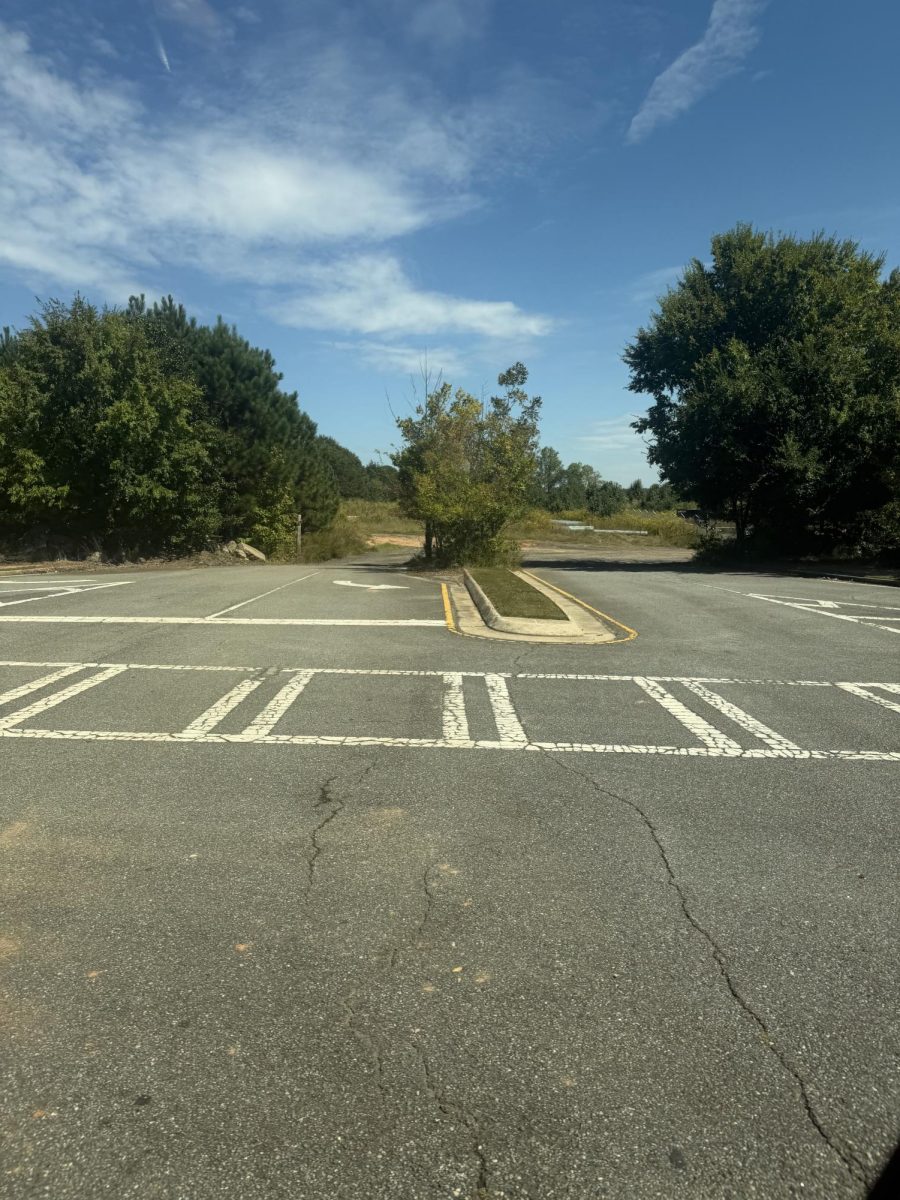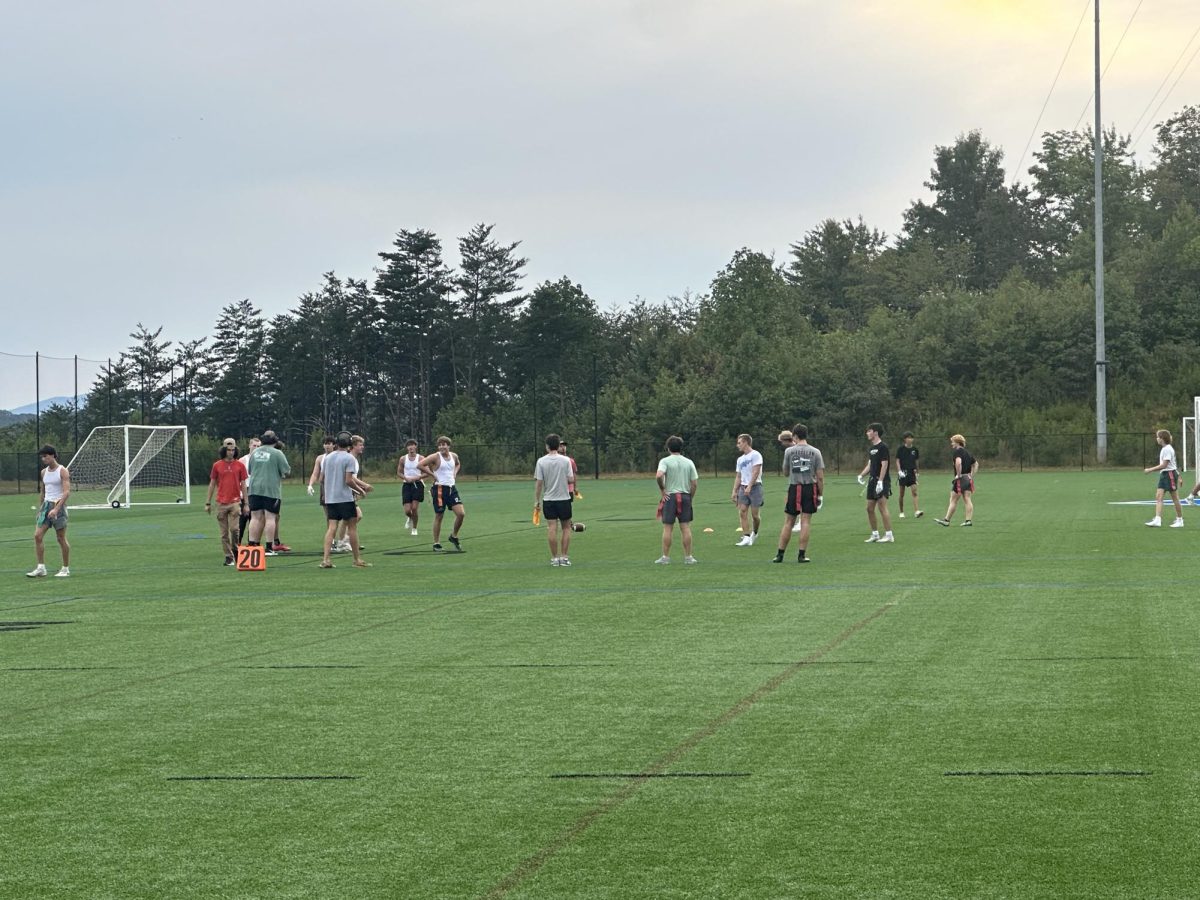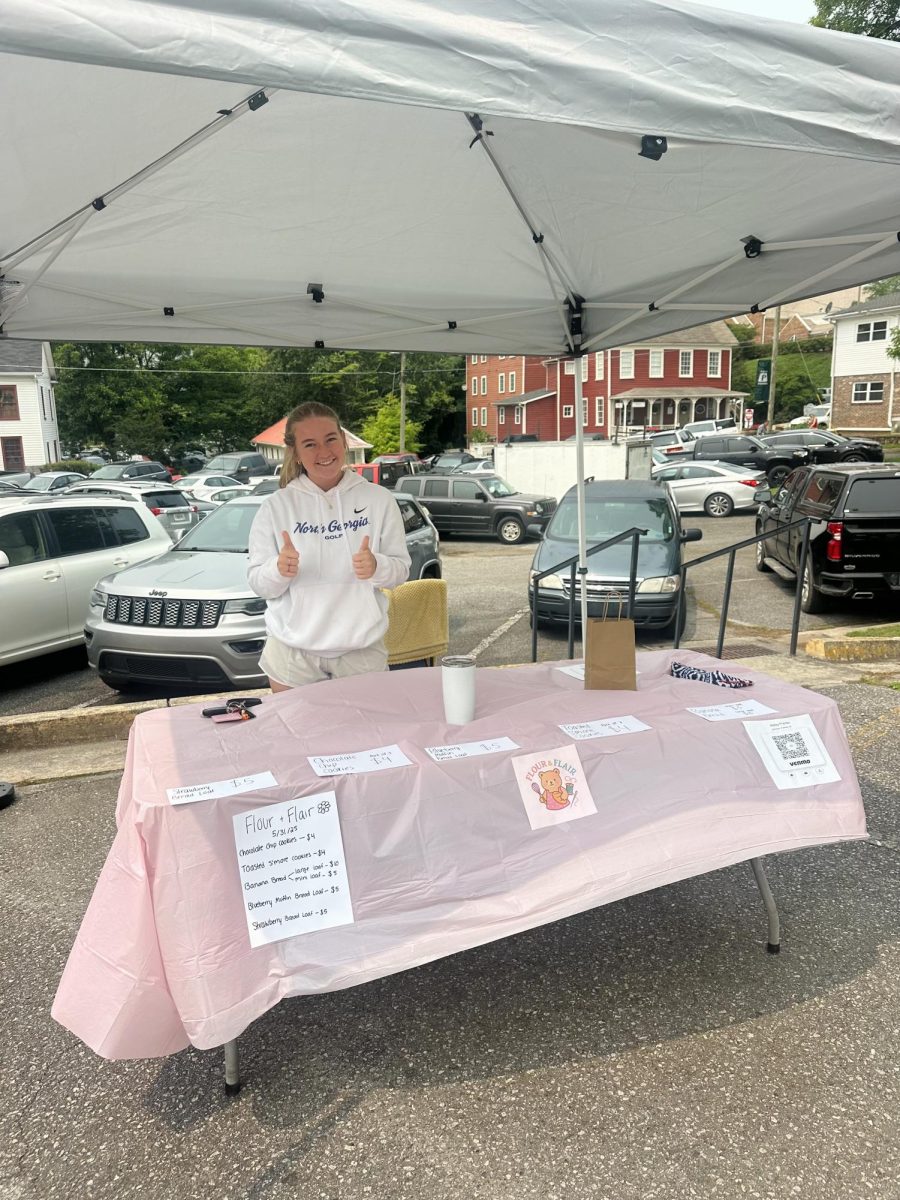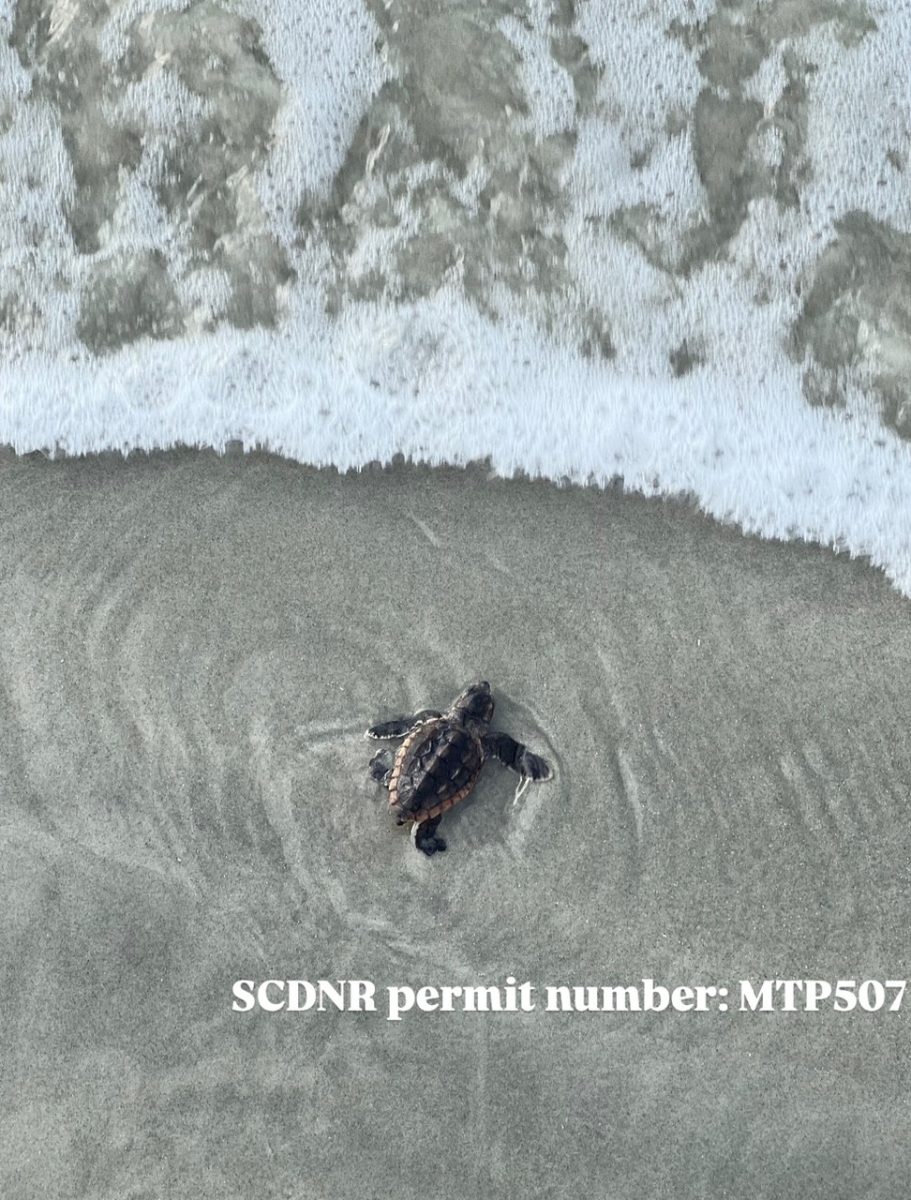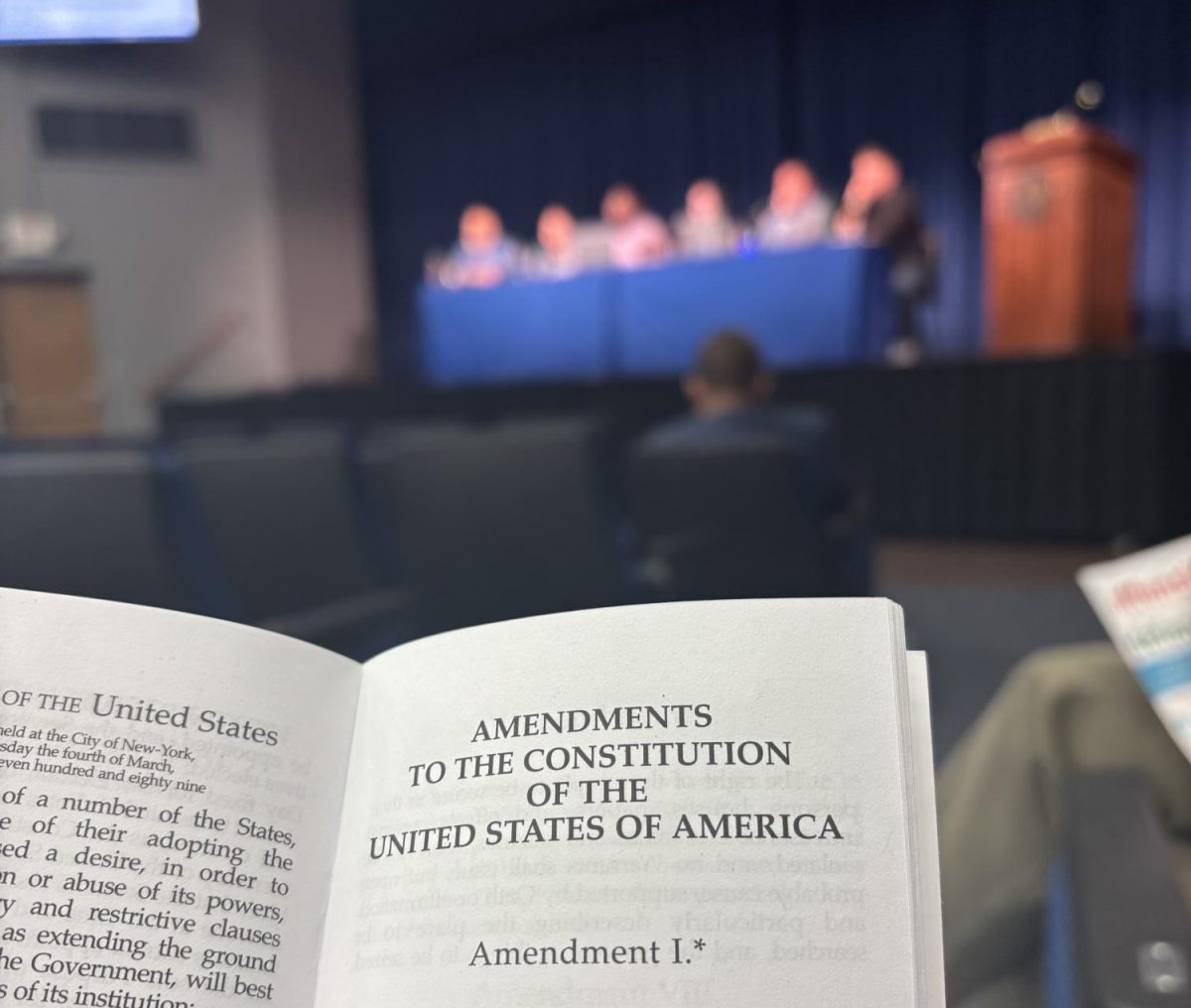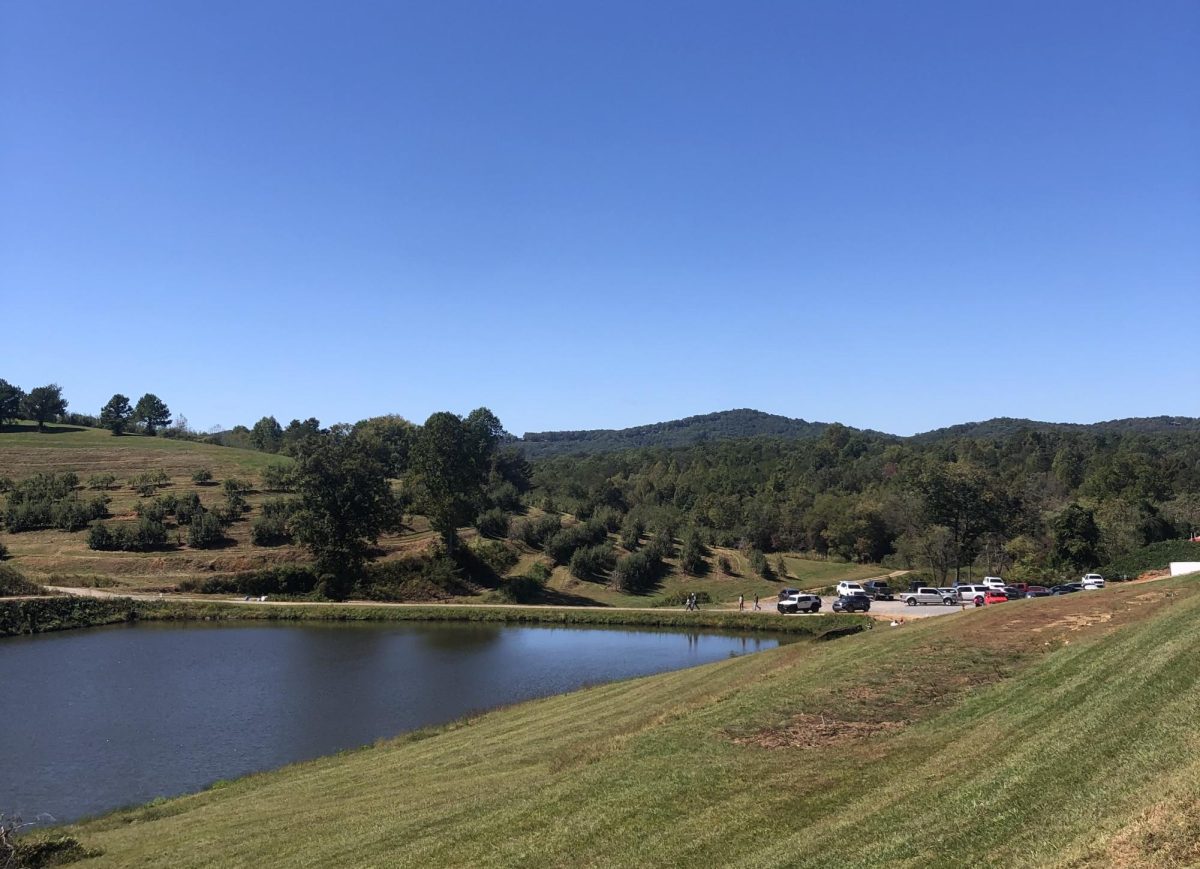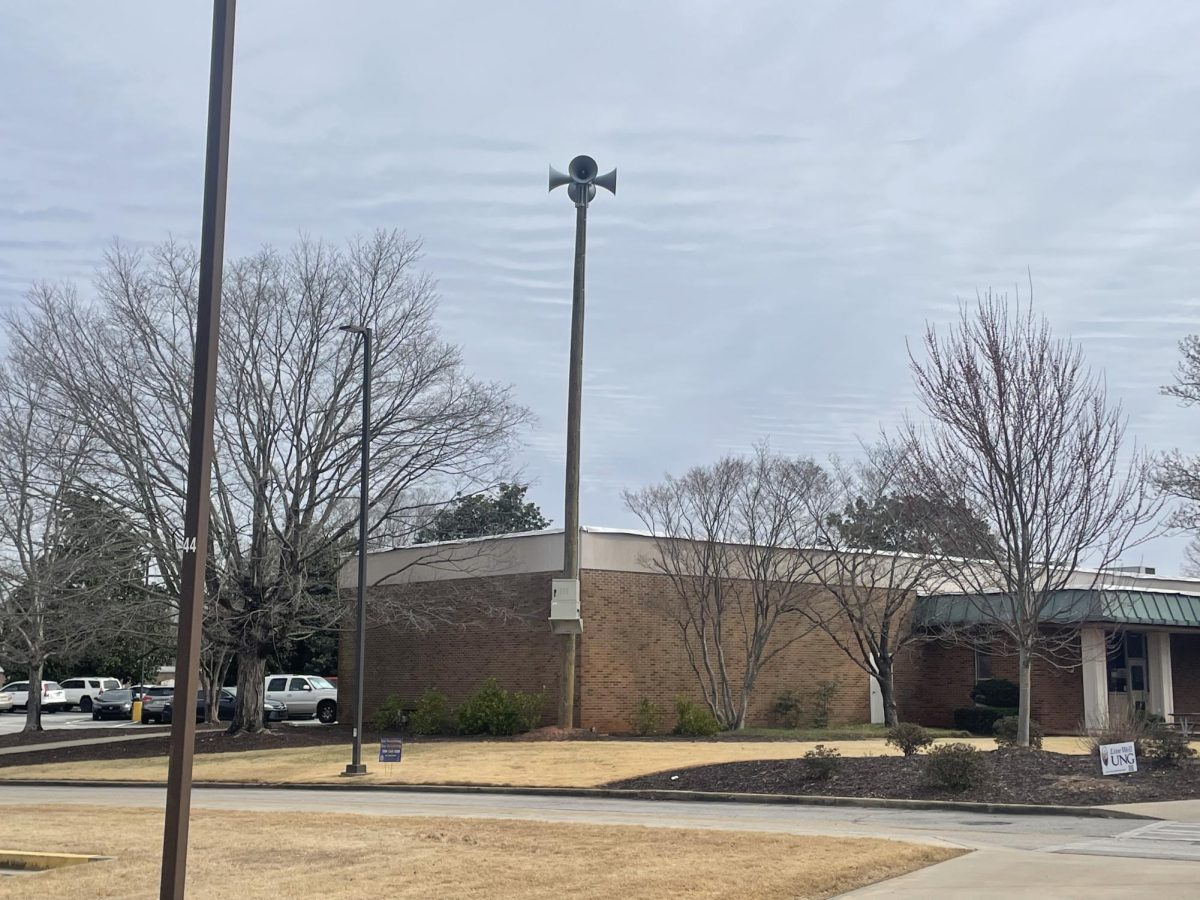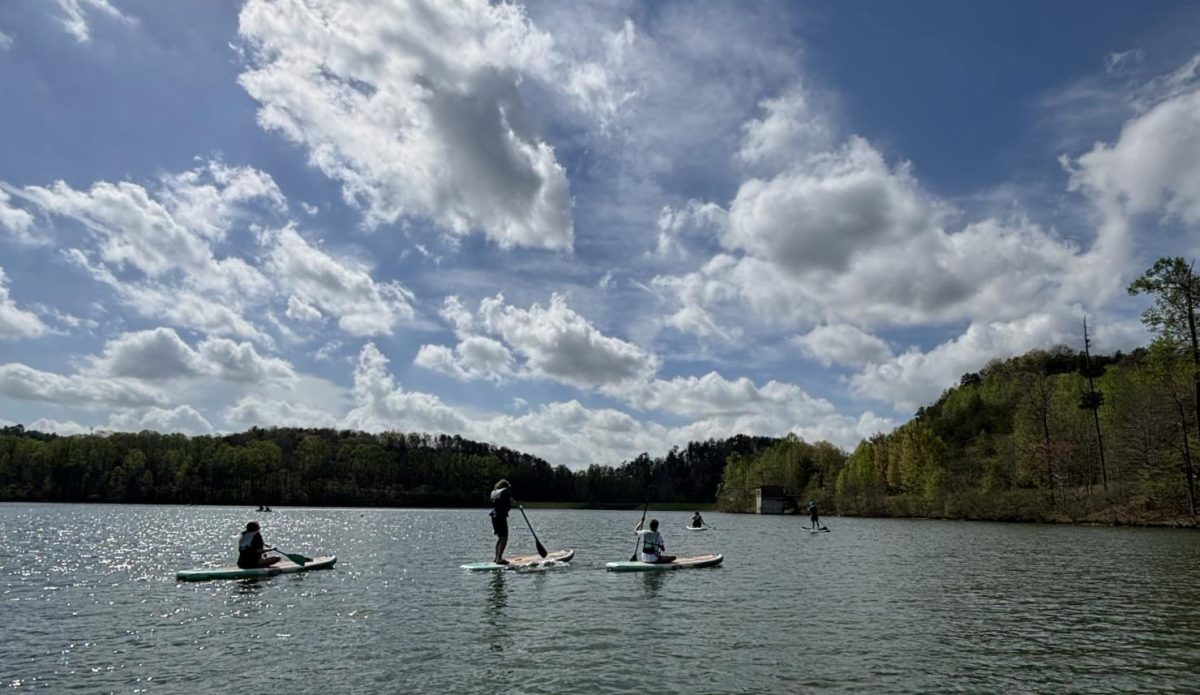Tornado Season in the state of Georgia lasts from March to May and with the recent El Nino set to weaken soon, the chance for tornadic storms grows steadily. However, the University of North Georgia is prepared for the event that a twister strikes campus.
As spring continues to roll closer, the Southeastern U.S. finds itself in its storm season. On top of this, much of the region sits within the infamous Dixie Alley which has a history of spawning notorious tornadoes like those of the April 27, 2011 Super Outbreak.
The state of Georgia is no stranger to twisters. During the April 27, Outbreak, a violent EF4 tornado hit the town of Ringold GA in Catoosa County injuring 362 people before moving on to Tennessee.
Closer to home, the city of Gainesville was devastated by two F-4 storms in 1903 and 1936. According to Dr Jamie Mitchem, a professor in the University of North Georgia’s College of Environmental and Spatial Systems, both storms rank in the U.S.’s top 20 list of deadliest tornadoes making Gainesville the only U.S. city to appear on the catalogue twice.
“We should always be prepared for tornadoes in our part of the country … Those were terrible disasters, and the area is even more developed and populated today.” -UNG Professor Jamie Mitchem
Mitchem says that even a small EF1 is enough to cause damage. UNG has precautions in place to ensure student and staff safety should a funnel cloud of any size hit.
University Emergency Preparedness Director Kathryn Smith says that students are urged to sign up for the college’s Emergency Notification System, UNG Alerts. The program is meant to notify students of emergencies on or near any school campus.
Though students are often registered upon acceptance to the school, Smith says they can verify enrollment through their Banner page. This can be done by choosing “Emergency Alert System” under the Personal Information tab.
Smith also says UNG has a Building Safety and Security Representative program to ensure that every building is prepared for inclement weather. As a result, each campus is equipped with designated areas for people to take shelter in if severe weather is present.
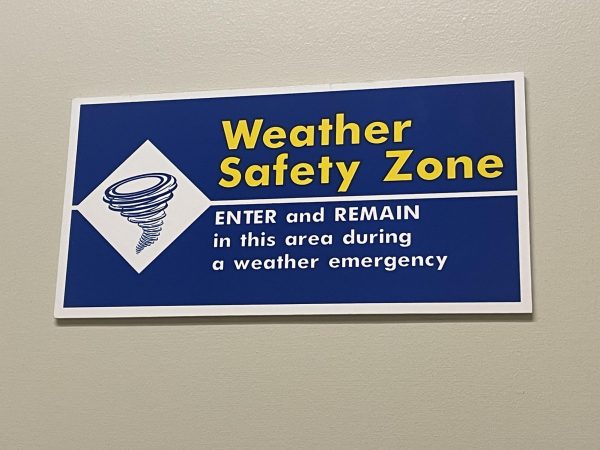
Select campuses such as Cumming, Dahlonega and Gainesville are based in areas that utilize outdoor warning systems to notify residents of impending storms. Although Mitchem says that relying on them specifically is not ideal.
“They are hard to hear and might not function when needed.” -UNG Professor Jamie Mitchem
Hall County Emergency Management & Homeland Security Director Zach Brackett says a further precaution students can take is purchasing a NOAA All Hazards Weather Radio to keep in their dorms or homes.
The small and often portable radio’s main function is to alert its owner to nearby advisories, watches and warnings for numerous weather events including tornadoes. They can be bought in several places including your local supermarket or home & office store.
Overall, Mitchem says for people to simply stay alert. He believes that recent destructive twisters such as the 2011 Joplin Missouri EF5 are evidence that people need to respond to warnings quickly and urgently.
“Every second counts.” -UNG Professor Jamie Mitchem


